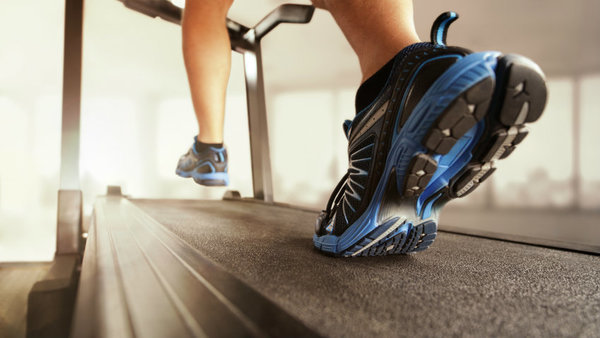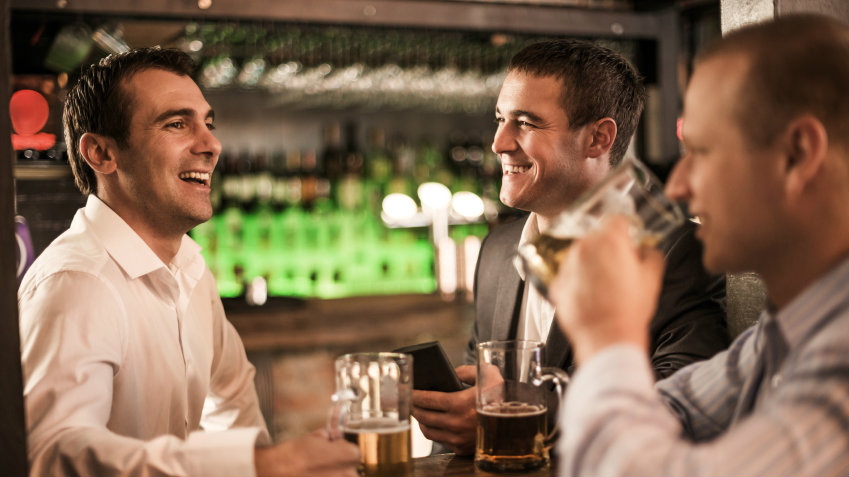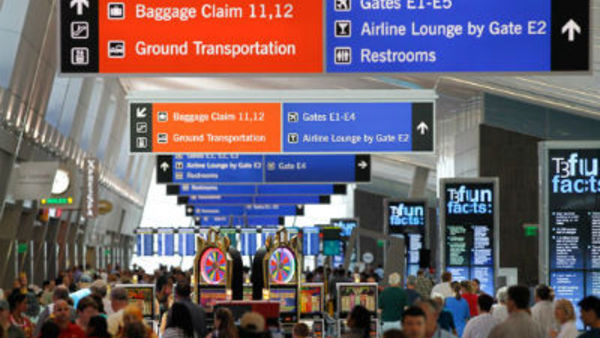At a quick glance, business travel might seem like a glamorousexperience: Employees fly out of town for conferences, accumulatingfrequent flyer miles and reward points.
|But a savvy HR manager understands traveling for business oftenmeans disruption of regular sleep, exercise and eating routines,all factors that can contribute to unhealthy, unhappyemployees.
|We're now in the post-New Year's fitness slump, when health andwellness goals often fall by the wayside – but for businesstravelers, staying active and healthy (both physically andemotionally) is crucial.
|For HR executives who oversee business travel, it's key toaddress these health risks early, before the cumulative damage fromfrequent travel takes its toll on employees.
|Below are five top tips to fostering a “fit to fly” culturewithin your organization — and ensuring traveling employees arehappy, healthy and productive.
|| Start PreventionEarly
Start PreventionEarly
If your employees are out of shape or engaging in poor healthhabits, addressing these issues early on iskey. Stress brought on by business travel can encouragethe use of caffeine, fatty foods or cigarettes to curb anxiety,none of which are conducive to overall employee wellness.
|Rather than micro-managing employees when they travel, emphasizeoffice wellness programs – like a walking club or health insurancebenefits that reward an individual's fitness. Reminding employeesto be healthy and active can make fostering a “fit to fly” culturea much simpler task.
|| Host a Healthy TravelWorkshop
Host a Healthy TravelWorkshop
Learning and development, a key HR task, can also extend tobusiness travel. Several times a year, HR departments can host a“healthy travel” workshop, sharing best practices and tips forencouraging healthy business travel behaviors. At the workshop, besure to provide a checklist for travelers: Advise employees tovisit their doctors or travel medicine specialists six to eightweeks prior to international travel to determine if vaccines arenecessary and share tips on what should be in their emergency carekits – ibuprofen, moleskin for sore feet and hand sanitizer aremusts.
|In addition, the workshop can focus on how to work fitnessand healthy meals into an employee's busy schedule. Forexample, finding safe running routes in proximity to their hotelsand sharing easy ways they can work out right in their rooms. HRmanagers can also research company-recommended accommodations toensure they meet company fitness standards and have amenities likegyms. When it comes to healthy eating, provide employees withsuggestions for avoiding that late night burger: Apples, driedfruit and protein bars, to name a few.
|| Be Aware of RiskyBehavior
Be Aware of RiskyBehavior
Staying active and mitigating health risks like viruses or sleepdeprivation will always be top-of-mind, but more troubling healthrisks also occur when employees travel for business: Binge drinkingand hookups are surprisinglycommon among the business travel set. In a recent survey,27% of business travelers admitted to binge drinking when travelingfor business, and 11% said they have picked up a stranger at a barduring a business trip. Binge drinking, outside of affecting thenext day's work performance, increases risksof unintentional injuries like car crashes or falls, and putsemployees at risk of self-injury and harm, while picking up astranger can lead to health risks like STDs.
|HR managers can help curb this type of risky behavior by layingground rules up front. Although employees might view time aftermeetings as time off the clock, they are still representing theircompanies during business travel. Setting parameters for employeebehavior, such as alcohol consumption guidelines, will lower travelrisks for both employees and employers.
|| Encourage “Bleisure”Trips
Encourage “Bleisure”Trips
Bleisure – the idea of combining work and personal vacations,often by adding vacation days to the beginning or end of a worktrip – can be a useful tool in preventing employee burnout. Arecent survey indicated employees believe business withleisure travel adds value to work assignments, which means thatbleisure could make for happier, more engagedemployees with no additional costs to the business.
|Encouraging bleisure (or “bizcations”) for employees needs to beaccompanied by a transparent travel policy from HR, so employeescan make a clear distinction between when work ends and vacationtime begins, as employees constantly on call during a vacation daycan sour the bleisure balance and lead to increased stress.
|| Maintain Good Practices atthe Office
Maintain Good Practices atthe Office
Finally, don't let good travel habits fall by the wayside whentravelers return to their home base. Healthy habits, ifpromoted at the office, will encourage all employees – whether theytravel or not – to maintain best practices. Just as travelersshould stretch and walk during a plane ride to combat deep veinthrombosis, employees should take frequent breaks from theircomputers to avoid poor posture and a weakened core. Encourageemployees to stay active throughout the day by walking or workingout during their lunch break, and providing healthy foods (thinkfruit or low-sugar snacks) instead of cake and pizza at companyevents.
|By encouraging an overall culture of health and wellness,implementing a “fit to fly” policy is a natural extension ofworkplace culture, resulting in a happier, healthier workforce thatcan best accomplish its professional goals both in the office andon the road.
|Complete your profile to continue reading and get FREE access to CUTimes.com, part of your ALM digital membership.
Your access to unlimited CUTimes.com content isn’t changing.
Once you are an ALM digital member, you’ll receive:
- Critical CUTimes.com information including comprehensive product and service provider listings via the Marketplace Directory, CU Careers, resources from industry leaders, webcasts, and breaking news, analysis and more with our informative Newsletters.
- Exclusive discounts on ALM and CU Times events.
- Access to other award-winning ALM websites including Law.com and GlobeSt.com.
Already have an account? Sign In
© 2024 ALM Global, LLC, All Rights Reserved. Request academic re-use from www.copyright.com. All other uses, submit a request to [email protected]. For more information visit Asset & Logo Licensing.









